Every electric bike rider knows that the magic of an e-bike lies not just in its motor or battery—but in how seamlessly the machine responds to your pedaling. That magic comes from one of two key technologies: cadence sensors and torque sensors.
These sensors act as the bridge between you and your bike’s motor. They decide when and how much assistance you get, directly shaping your riding experience. But with so many models on the market, a common question arises:
👉 Which is better for me—cadence or torque?
This guide goes beyond surface-level comparisons. By consolidating insights from leading sources (Aventon, Juiced Bikes, and eBikes.org) and adding fresh analysis, we’ll give you the most complete, practical, and future-ready breakdown of e-bike sensor technology.
Understanding Pedal Assist Systems (PAS)
What Is Pedal Assist?
Pedal Assist (PAS) is a feature that activates your e-bike’s motor when you pedal, offering assistance that makes riding easier, faster, and more enjoyable. Instead of relying on a throttle, PAS enhances your effort—like riding with a tailwind that never stops.
Why Pedal Assist Exists
-
Extends battery life compared to throttle-only riding.
-
Provides a more natural cycling experience.
-
Helps riders tackle hills, long commutes, or fatigue.
Types of Pedal Assist
-
Cadence sensors – measure if you are pedaling.
-
Torque sensors – measure how hard you are pedaling.
-
Hybrid/Dual systems – combine both for maximum flexibility.
Cadence Sensors: The Basics
How They Work
-
A magnet ring on the crank detects pedaling rotations.
-
Motor assistance activates once pedaling begins and stops when pedaling ceases.
-
Power delivery is based on preset assist levels, not on rider effort.
Advantages of Cadence Sensors
-
✅ Affordable: common on budget-friendly e-bikes.
-
✅ Simple mechanics, low maintenance.
-
✅ Beginner-friendly—just pedal to engage.
-
✅ Provides steady, predictable assistance.
Disadvantages of Cadence Sensors
-
❌ Jerky or delayed motor response.
-
❌ Less “bike-like,” feels artificial.
-
❌ May resist when pedaling faster than motor output.
-
❌ Consumes more battery due to constant assistance.
Best Use Cases
-
Leisure riders who want effortless cruising.
-
Urban commuters in flat terrain.
-
Cost-conscious buyers.
Torque Sensors: The Basics
How They Work
-
Equipped with strain gauges that measure real-time pedal force (up to 1,000x per second).
-
Motor output scales proportionally to rider input.
-
Feels like “bionic legs”—the harder you push, the more help you get.
Advantages of Torque Sensors
-
✅ Natural, smooth ride feel.
-
✅ Improved battery efficiency (motor only delivers what’s needed).
-
✅ Excellent control on hills and varied terrain.
-
✅ Better for fitness-focused riders.
Disadvantages of Torque Sensors
-
❌ Higher cost (common in mid- to high-end bikes).
-
❌ Requires more consistent pedaling effort.
-
❌ More complex maintenance.
Best Use Cases
-
Performance riders.
-
Hilly or challenging terrain.
-
Long-distance commuters.
-
Fitness-conscious cyclists.
Head-to-Head Comparison: Cadence vs Torque
| Feature | Cadence Sensor | Torque Sensor |
|---|---|---|
| Ride Feel | Predictable but less natural | Smooth, intuitive, bike-like |
| Battery Efficiency | Lower, drains faster | Higher, conserves energy |
| Cost | Budget-friendly | Premium-priced |
| Maintenance | Simple, fewer issues | More complex, advanced tech |
| Best For | Casual/leisure riders, flat terrain | Performance, hills, fitness, commuting |
Hybrid Systems: The Best of Both Worlds
Some manufacturers now offer dual pedal assist systems that combine both cadence and torque sensors.
-
Cadence ensures reliable, consistent support.
-
Torque adds natural responsiveness.
-
Together, they deliver smooth acceleration, better energy management, and flexibility for all riding conditions.
👉 Expect to see hybrid systems become the industry standard in the near future.
Battery Life & Efficiency: The Sensor Impact
-
Cadence sensors: deliver constant power regardless of rider effort. Battery drains faster on higher PAS levels.
-
Torque sensors: adjust output dynamically, conserving energy. Often extend range by 10–20%.
Example Case Study:
A commuter riding 30 miles daily with cadence assist may need to recharge nightly. With torque assist, the same rider could stretch battery life to every second or third ride.
Choosing the Right Sensor for Your Needs
Questions to Ask Yourself
-
Do I want a relaxed, cruise-style ride, or a natural cycling feel?
-
Am I prioritizing budget or performance?
-
Will I mostly ride flat urban roads, or steep terrain?
-
Do I see my e-bike as fitness equipment or transportation?
Rider Personas
-
The Commuter → Torque or hybrid.
-
The Weekend Cruiser → Cadence.
-
The Adventure Rider → Torque.
-
The Budget-Conscious Buyer → Cadence.
Advanced Insights & Trends
The Future of Pedal Assist Sensors
-
AI-powered PAS that adapts to rider effort, terrain, and even biometric data.
-
Smart controllers optimizing battery in real time.
-
IoT-enabled sensors: Bluetooth apps to customize responsiveness.
Common Myths Debunked
-
❌ “Torque sensors are always better.” → Not true; depends on use case.
-
❌ “Cadence sensors are outdated.” → Still ideal for budget or casual riding.
-
❌ “Torque sensors double your range.” → They improve efficiency but don’t defy physics.
Practical Tools & Actionable Checklists
Beginner’s Checklist: Before You Buy
-
✅ Test ride both sensor types.
-
✅ Compare range estimates with your weight + terrain.
-
✅ Check if hybrid options are available.
-
✅ Review maintenance and warranty coverage.
Recommended Tools & Resources
-
Power meter apps for cyclists (to track cadence & torque).
-
Leading e-bike brands offering:
-
Cadence: entry-level commuter bikes.
-
Torque: Aventon, Specialized, Trek.
-
Hybrid: Juiced Bikes, high-end models.
-
FAQs About E-Bike Sensors
-
Do sensors affect top speed? → No, they regulate assist, not max speed.
-
Can I upgrade from cadence to torque later? → Possible, but complex and often not cost-effective.
-
Which sensor is better for seniors? → Cadence for ease, torque for natural feel.
-
How do sensors work with throttle? → They operate independently; throttle overrides PAS.
Conclusion
There’s no single “best” pedal assist sensor. Instead, the right choice depends on your riding style, goals, and budget.
-
Pick cadence for simplicity, affordability, and casual rides.
-
Pick torque for performance, natural feel, and efficiency.
-
Pick hybrid for the most versatile, future-proof experience.
Final Tip: Always test ride before you buy—because the “feel” of the ride is something no chart can fully capture.






 S2
S2
 KS4 Pro
KS4 Pro
 MAX Pro
MAX Pro



 Light-Weight & Portable
Light-Weight & Portable
 Long Range
Long Range
 For Heavy Riders
For Heavy Riders
 Big Wheel
Big Wheel
 With Seat
With Seat
 Fast
Fast

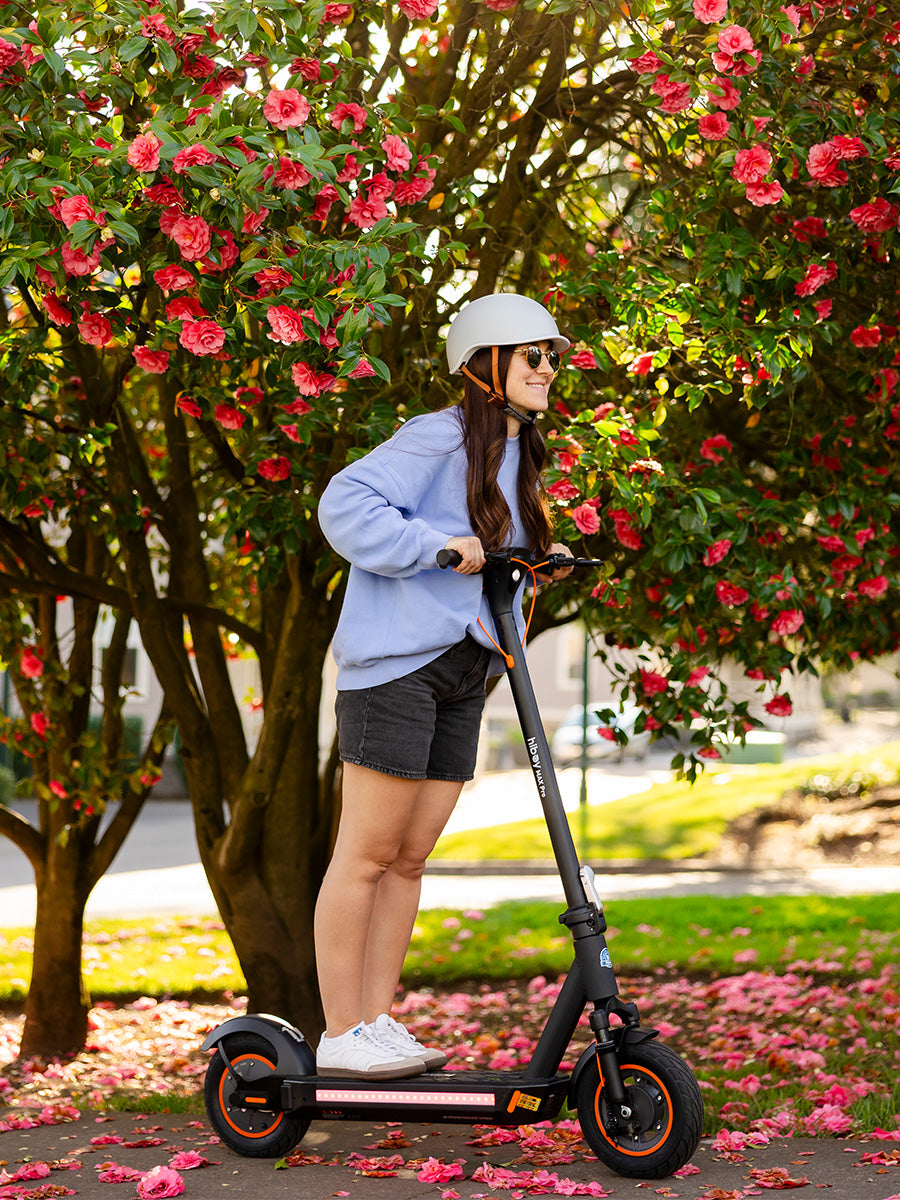

 EX6
EX6
 P6
P6
 C1
C1

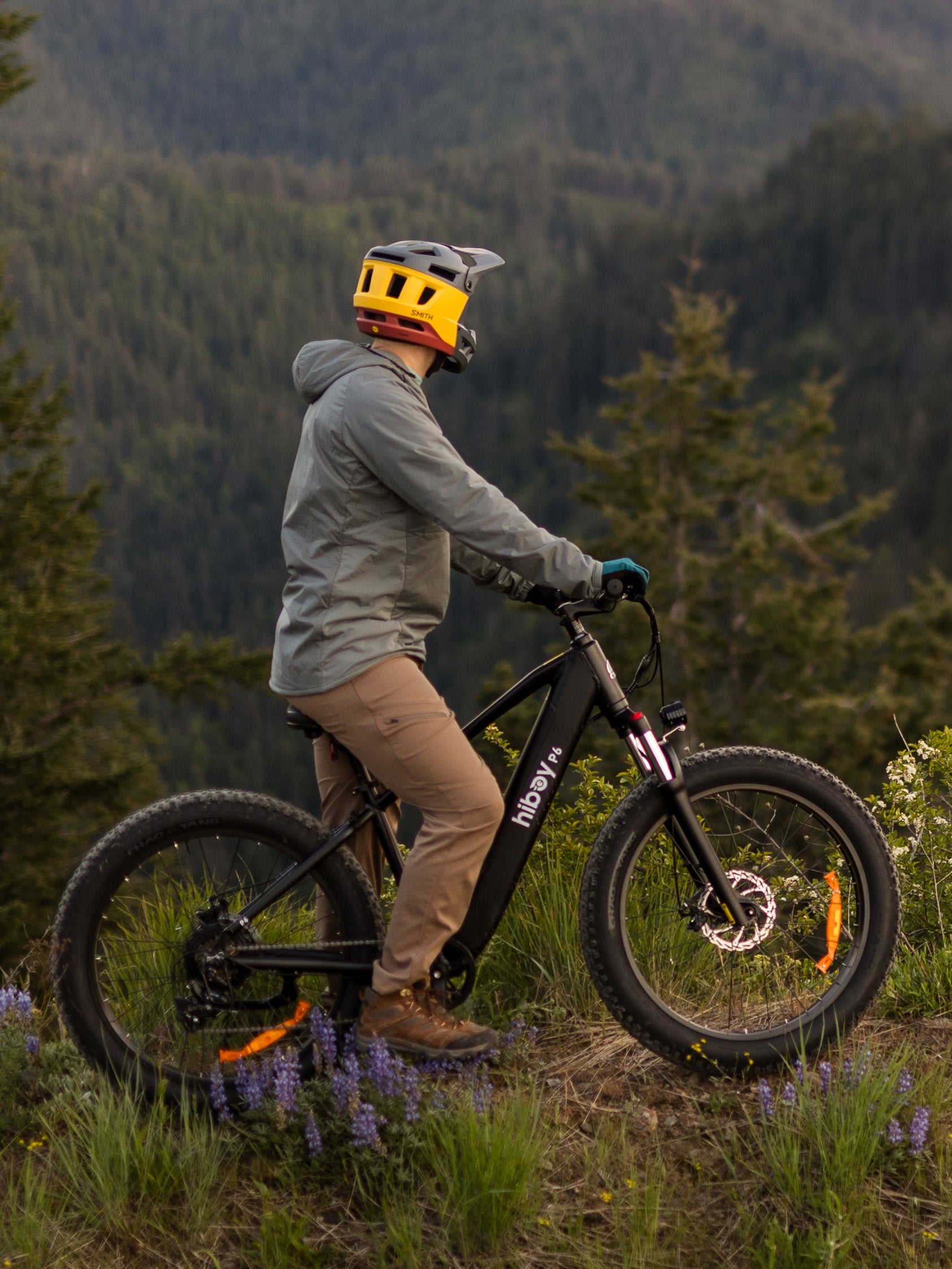
 S2 Lite
S2 Lite
 Q2 Lite-A
Q2 Lite-A
 ES-1
ES-1
 KS1
KS1
 Q2 Lite-A
Q2 Lite-A
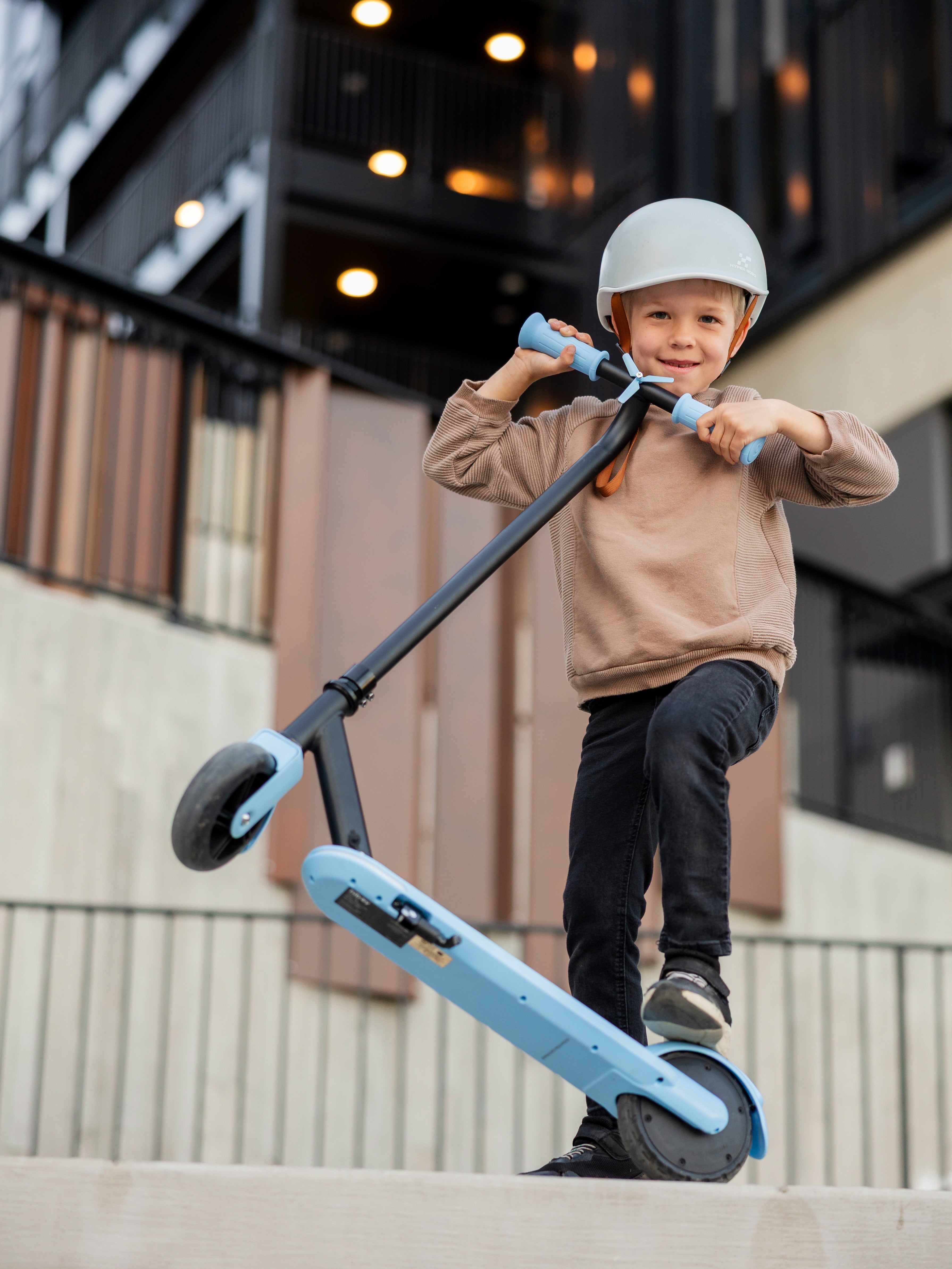
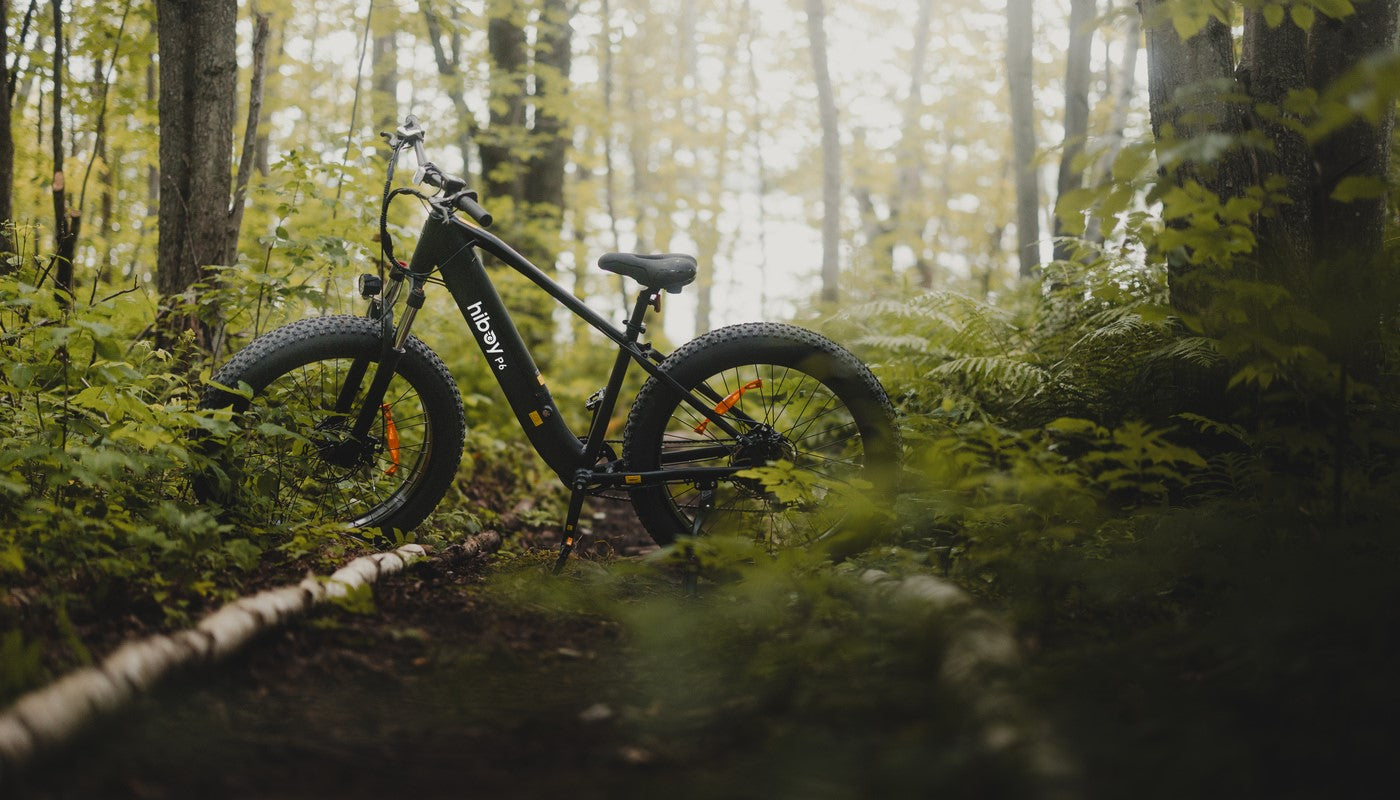
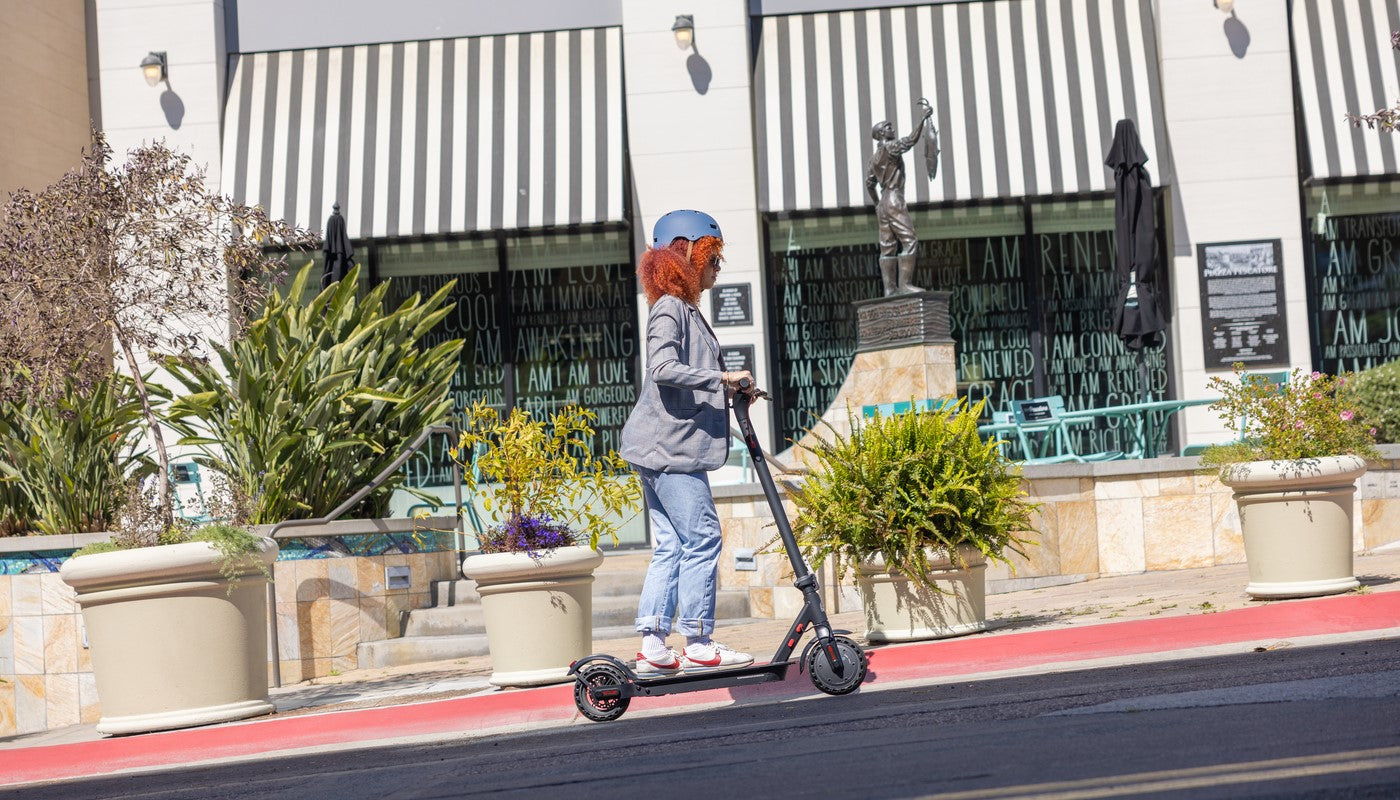
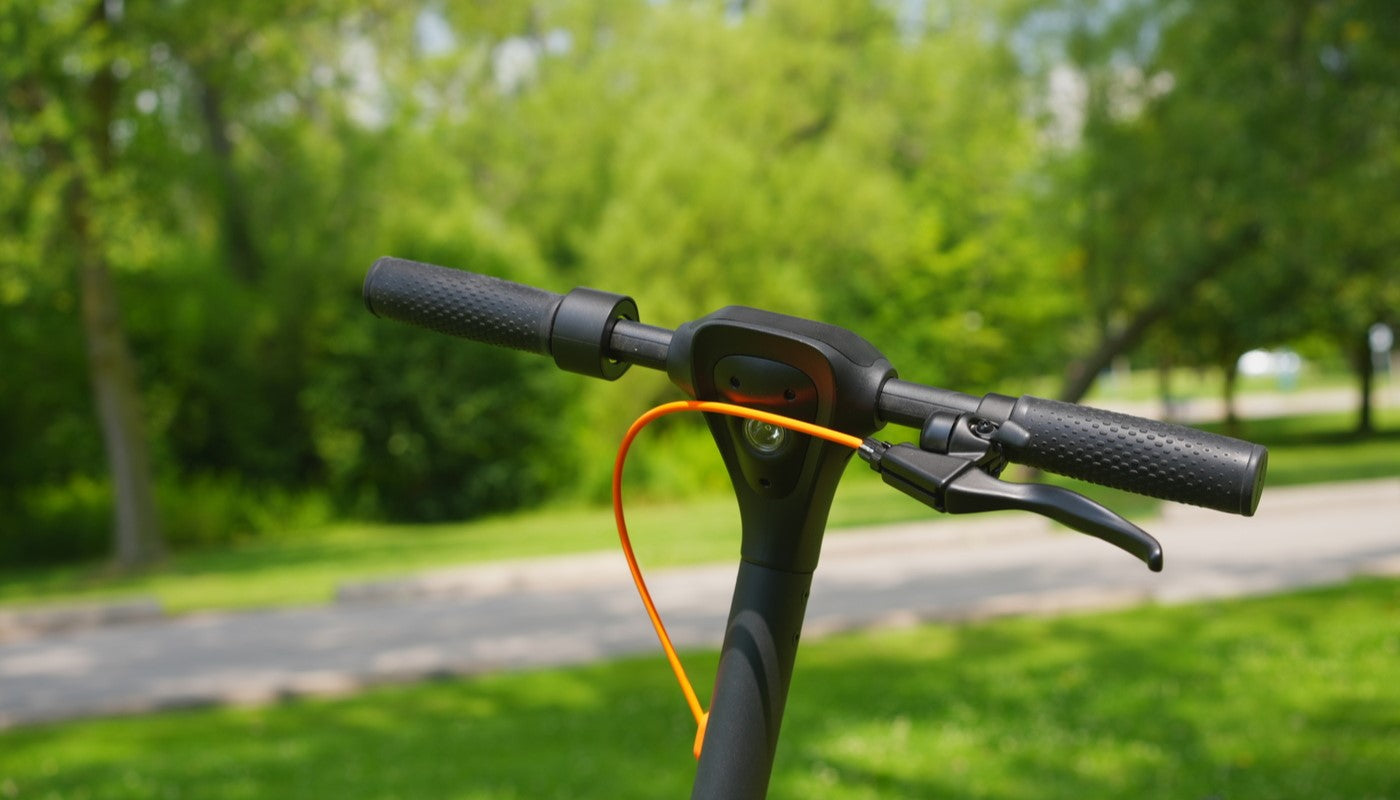






Leave a comment
All comments are moderated before being published.
This site is protected by hCaptcha and the hCaptcha Privacy Policy and Terms of Service apply.